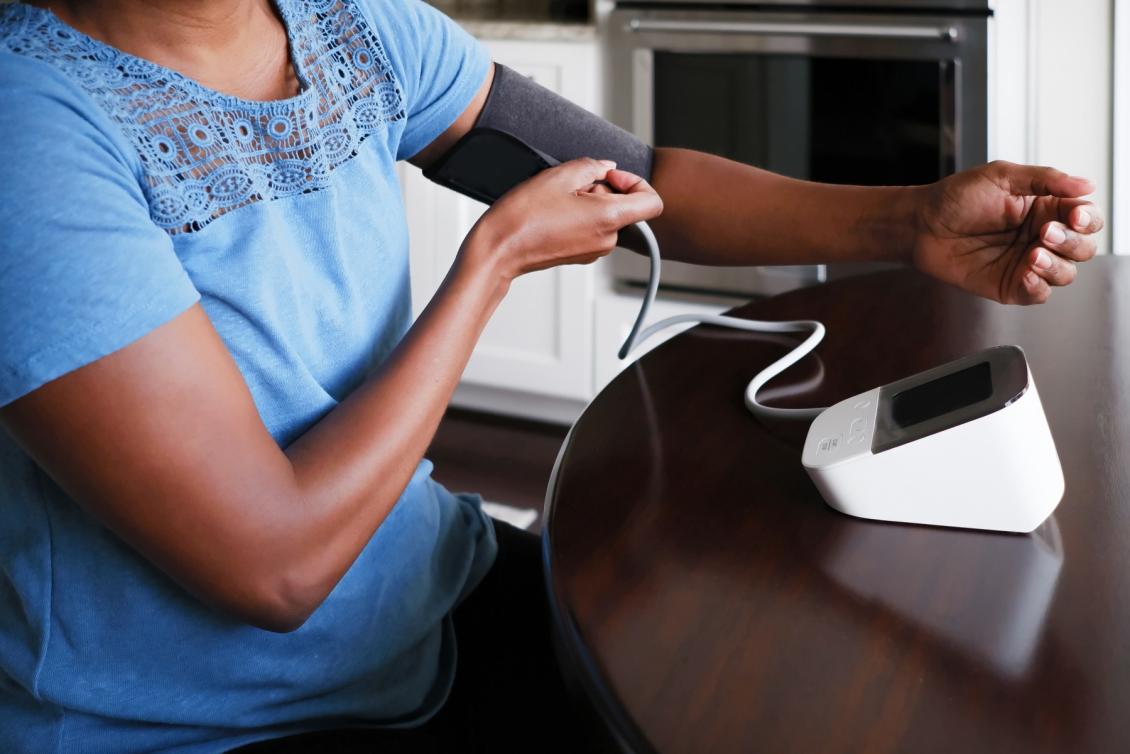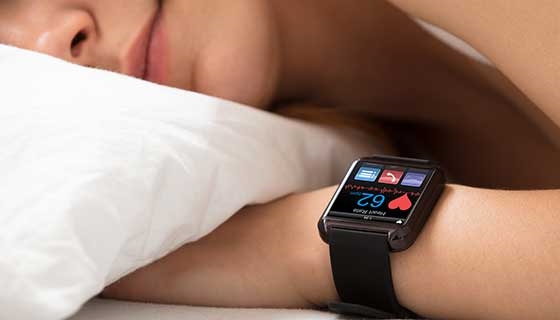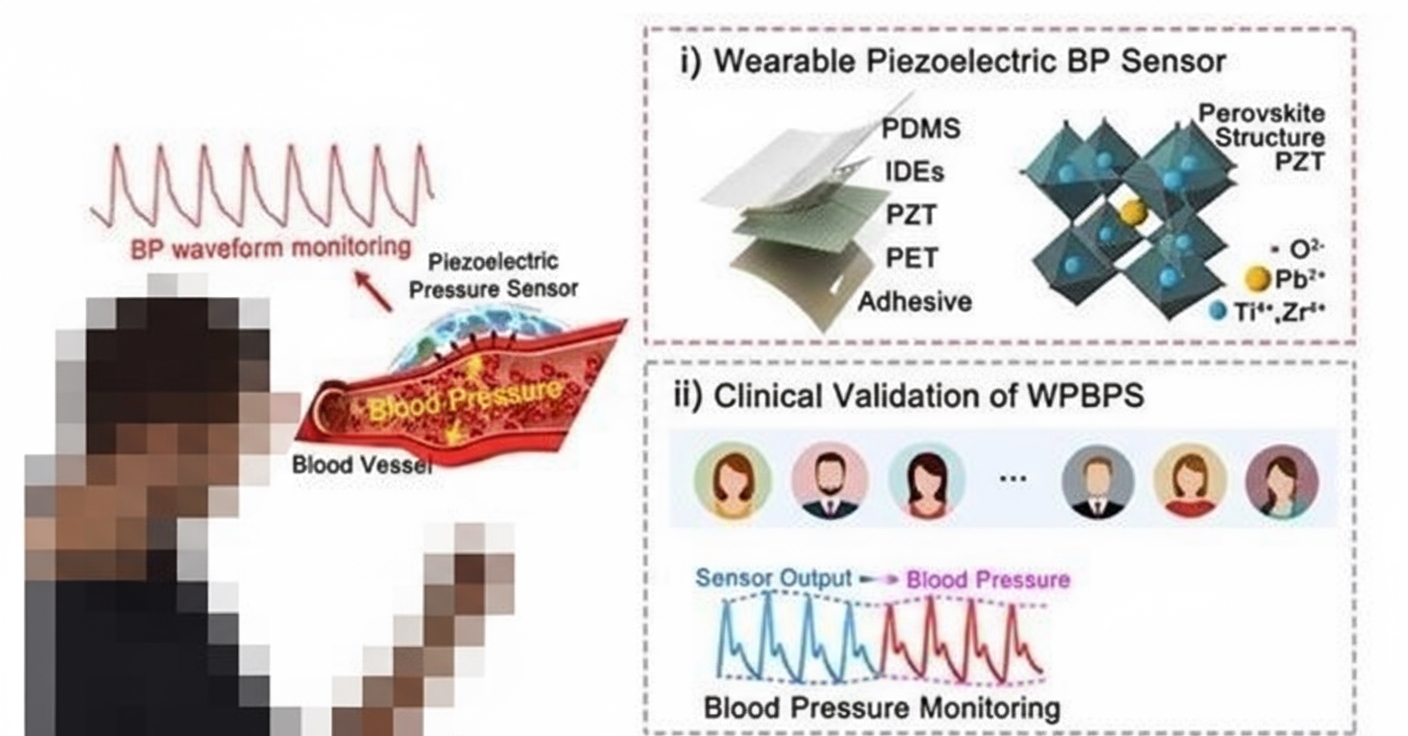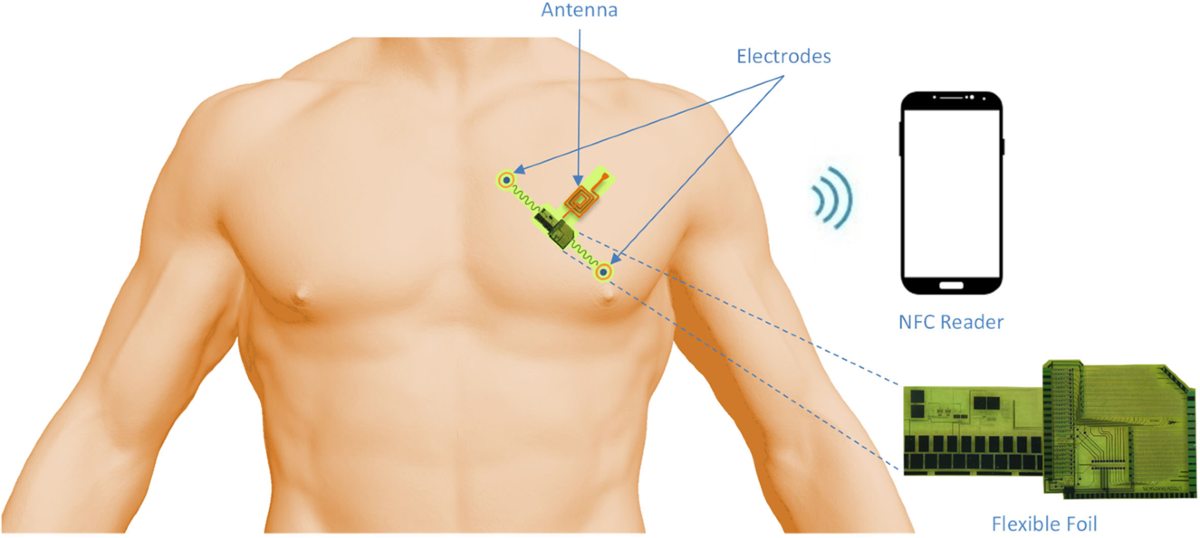Overview
Researchers at Ohio State University (OSU) have developed a wearable health sensor for the detection and monitoring of human muscle atrophy.
The wearable sensor is intended to help patients track muscle health more conveniently.
Clinicians currently rely on magnetic resonance imaging (MRI) to assess muscle size and volume and to determine whether muscle atrophy is progressing. Frequent MRI, however, is time consuming and costly. According to Mems Consulting, OSU researchers recently published a study in IEEE Transactions on Biomedical Engineering proposing an electromagnetic sensor made from conductive e-threads as a potential alternative to frequent MRI monitoring.
Design and testing
The team 3D printed limb molds and filled them with ground beef to simulate the calf tissue of an average-sized human subject. The results show the wearable sensor can measure small volumetric changes in overall limb size and can monitor up to 51% muscle loss.
Lead author Allyanna Rice said the goal is for the wearable sensor to enable health care providers to implement personalized treatment plans while reducing the burden on patients.
The paper describes the first known use of a wearable device to monitor muscle atrophy, building on Rice's prior work developing health sensors for the National Aeronautics and Space Administration (NASA). NASA has an interest in multiple methods for monitoring astronaut health.
Rice added that the wearable sensor could track the health of astronauts on long missions or patients at home without medical personnel present.
Sensor construction
Rice and coauthor Asimiia Kiourti designed the device to operate using two coils and a conductor made from e-threads. The e-threads run along the fabric in a distinctive Z-shaped pattern.
Although the final product may resemble a blood pressure cuff, an early challenge was finding a way to allow large adjustments in the sensor loop size to fit most of the population.
Rice said the team realized a stretchable material was necessary once they accounted for continuous limb movement. They needed a sensor that could deform and bend while maintaining a stable shape.
Technical challenges
The main technical challenge was creating a sensor with a high degree of stretch. Stretchable electronics and conductors are an emerging area and often rely on liquid- or ink-based materials. The team preferred conductive e-threads because they have no seams and are more durable for users, but e-threads are rigid and not intrinsically stretchable. To address this, they developed a Z-shaped stitching pattern on a spandex substrate that achieved a 43% stretch ratio.
How it works
The system uses two coils: a transmitter (TX) and a receiver (RX). A time-varying current is applied to the transmitter coil, generating magnetic flux. That flux induces a measurable voltage in the receiver coil.
Induced magnetic flux depends on the coil cross-sectional area. As limb circumference increases, the total flux and voltage at the receiver coil increase. The e-threads act as the conductive "wires," and the Z-shaped stitching improves the stretchability of the conductors.
Future work
The team plans to combine the muscle-atrophy sensor with other wearable, multimodal sensing, imaging, and monitoring technologies. They are developing additional sensors based on antenna and microwave techniques. Further work to improve the muscle-atrophy sensor includes adding extra coils to increase accuracy and resolution, integrating more detailed human physiology, and replacing bulky benchtop measurement equipment.
Rice expects the next major step will likely be connecting such devices to a mobile app. She also anticipates combining these sensors with other devices to detect and monitor health issues, such as bone loss.
Rice: "In the future, we hope to integrate more sensors and more capabilities into this wearable device."
Interview excerpt
Below is a condensed version of Rice's interview with NASA Tech Briefs.
Tech Briefs: What inspired this research?
Rice: Our work was funded by NASA's Space Technology Graduate Research Opportunities scholarship. Initially, we focused on solutions for various health issues astronauts face during long-duration spaceflight. In microgravity, astronauts experience significant muscle atrophy even over relatively short mission periods.
Our goal was to design a lightweight, portable, wearable health sensor for frequent monitoring of muscle atrophy. Muscle atrophy also affects patients on Earth with conditions such as cancer, aging, neurological disorders, or those who spend extended periods in intensive care units (ICU). We aimed to develop a sensor suitable for most of the general population and several specific use cases.
Tech Briefs: What was the biggest technical challenge?
Rice: The biggest challenge was manufacturing a highly stretchable sensor. Stretchable electronic devices and conductors are an emerging field, typically relying on liquid- or ink-based materials. We wanted to use conductive e-threads because they have no seams and are more durable for users. However, e-threads are rigid and not stretchable by themselves. We therefore designed a new Z-shaped stitching pattern using e-threads on spandex to achieve a 43% stretch.
Tech Briefs: Can you briefly explain how the technology works?
Rice: The system consists of two coils: a transmitter (TX) and a receiver (RX). We apply a time-varying current to the transmitter coil to create magnetic flux, which induces a measurable voltage in the receiver coil.
Induced magnetic flux depends on the coil's cross-sectional area. Therefore, as limb circumference increases, the total flux and voltage on the receiver coil increase. The e-threads serve as the conductive "wires," and the Z-shaped stitching enhances the wires' stretchability.
Tech Briefs: What are your next steps?
Rice: We plan to combine the muscle-atrophy sensor with other wearable multimodal sensing, imaging, and monitoring sensors. We are developing additional sensors based on antenna and microwave techniques. To improve the muscle-atrophy sensor further, we will add extra coils to improve accuracy and resolution, integrate more specific human physiology, and replace bulky benchtop equipment.
Tech Briefs: Any advice for engineers pursuing their ideas?
Rice: Don't be afraid to imagine boldly and pursue every interesting idea. Also, expect many trials, errors, and failures before achieving success.
 ALLPCB
ALLPCB








